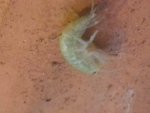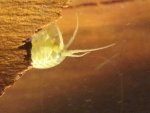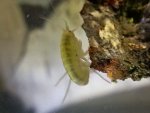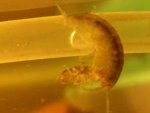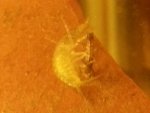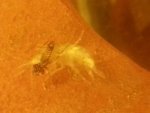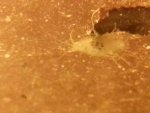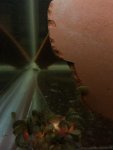Vesp
New member
- Joined
- Oct 8, 2012
- Messages
- 80
- Reaction score
- 6
- Points
- 0
- Location
- Utah
- Country
- United States
- Display Name
- Vesp
These are captured in string algae in a small mostly stagnant pond in northern Utah.
The sizes seem to range from very small to almost nearly an inch.
Any idea what species this is?
The sizes seem to range from very small to almost nearly an inch.
Any idea what species this is?

